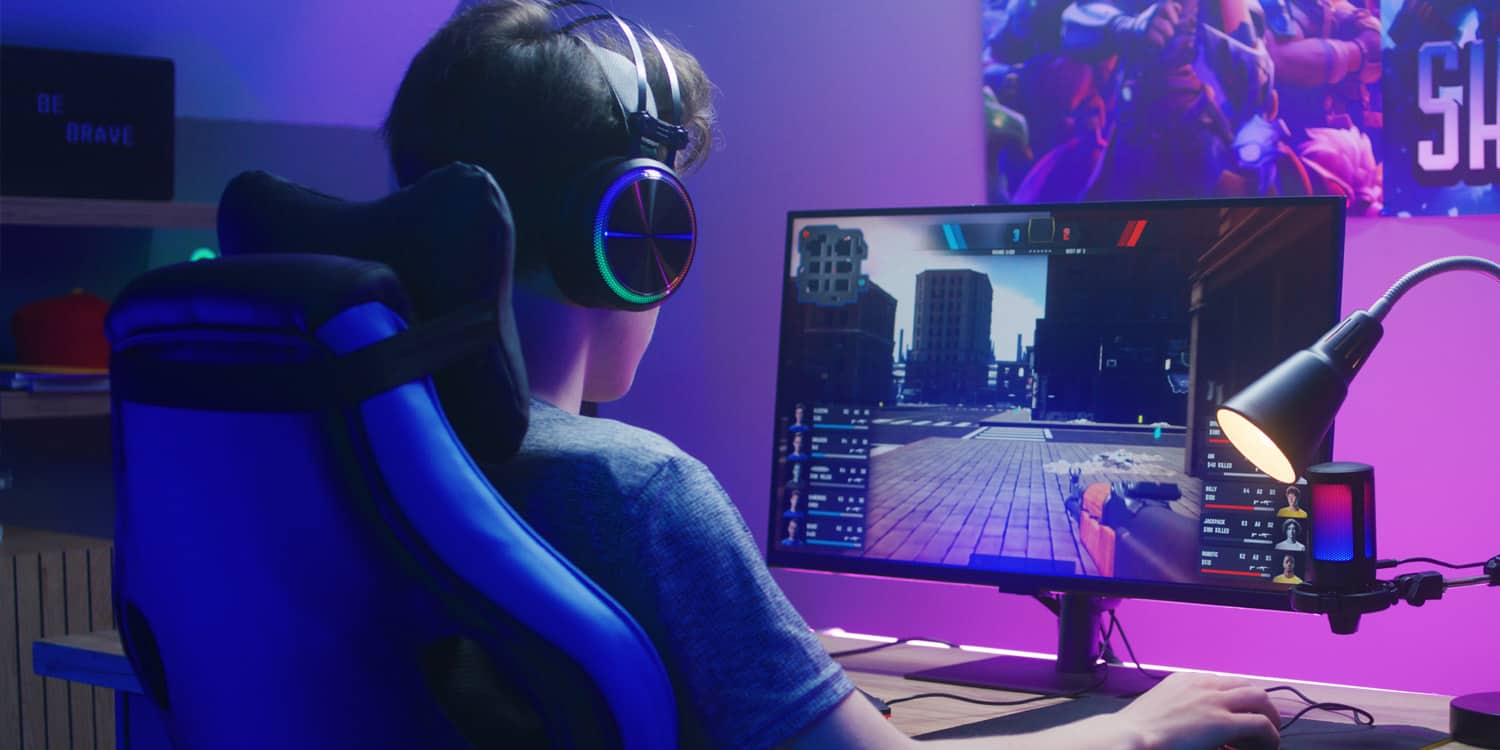In the exhilarating world of gaming, where every click and keystroke can transport you to fantastical realms or competitive arenas, many players find themselves unwittingly facing a different kind of challenge: muscle strain and discomfort. The long hours spent clutching controllers or staring intently at screens can lead to a range of musculoskeletal issues that not only hinder performance but can also detract from the overall gaming experience.
From wrist and finger pain to back and neck tension, these common ailments are often underestimated by avid gamers. However, understanding the root causes and implementing effective strategies to alleviate these issues can pave the way for a more enjoyable and pain-free gaming journey.
In this article, we will explore the most prevalent muscle issues gamers encounter and provide practical solutions to help you level up your comfort while you play.
Introduction: The Growing Concern of Gamer Physiology

As gaming continues to captivate millions worldwide, a less glamorous reality lurks beneath the surface—gamer physiology. Long hours spent in front of screens, often in static postures, can lead to a range of muscle issues that many may overlook until the discomfort becomes unbearable.
From pesky wrist strain to debilitating back pain, the physical toll of gaming is real and increasingly concerning. Its not just about the thrill of competition or the joy of immersive storytelling; players must now contend with the risks to their bodies that come with their passion.
Awareness is growing among gamers regarding how their habits can lead to chronic injuries, turning what was once a carefree pastime into a source of frustration and pain. This article dives into the common muscle issues gamers face—how they arise, how they manifest, and, most importantly, how to mitigate their impact for a healthier gaming experience.
Understanding Common Muscle Issues

Understanding common muscle issues is essential for gamers aiming to sustain long hours of play without compromising their health. Gamers often find themselves battling a host of musculoskeletal problems, such as tendonitis, carpal tunnel syndrome, and posture-related discomfort.
These issues can arise from repetitive strain, prolonged inactivity, or poor ergonomics, leading to tension and pain that can detract from performance and enjoyment. Imagine a player fully immersed in a game, only to be jolted by sharp pain in their wrist or a nagging ache in their back.
This grim reality can become all too familiar, but awareness of these ailments is the first step toward prevention and recovery. By recognizing the signs of muscle strain and incorporating healthy practices into their gaming routines, players can continue to enjoy their passion without falling victim to these common woes.
Causes of Muscle Issues in Gamers

Gamers often find themselves battling a unique set of muscle issues, primarily stemming from prolonged periods of repetitive strain and poor posture. The hours spent hunched over screens can tighten the shoulders and neck, while extended finger movements contribute to conditions like tendonitis.
In addition, the lack of regular breaks exacerbates muscle fatigue and stiffness, leading to imbalances that can result in discomfort or chronic pain. Furthermore, the physical environment—like chairs lacking proper ergonomic support—plays a significant role in these issues, pushing gamers into unnatural positions that only amplify the risk of injury.
As gaming culture continues to flourish, understanding these underlying causes is essential to forge a healthier relationship with this beloved pastime.
Conclusion
In conclusion, addressing common muscle issues faced by gamers is essential for maintaining overall health and enhancing gaming performance. By recognizing the symptoms and implementing appropriate solutions such as regular stretching, ergonomic setups, and mindful breaks, gamers can significantly reduce the risk of injury and discomfort.
For those seeking additional relief, exploring options like 여수마사지 can provide a soothing experience that helps alleviate muscle tension and promote relaxation. Ultimately, prioritizing physical well-being is key to enjoying gaming to the fullest and ensuring a sustainable gaming experience for years to come.


